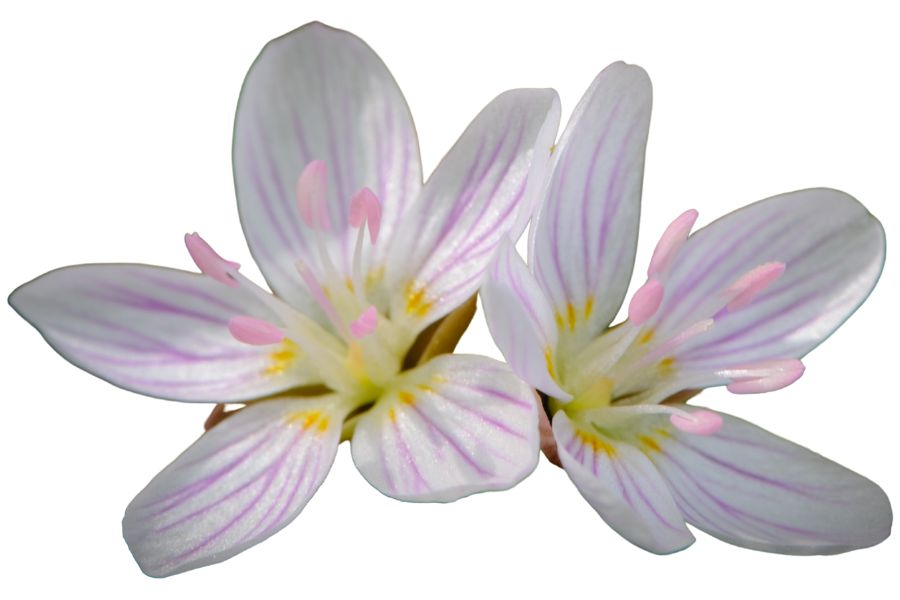Missouri offers a wide mix of forageables that go far beyond the basics. In early spring, redbud flowers add color and a mild, pea-like flavor to salads, while watercress thrives in clean, cold creeks. Later in the year, pawpaw fruit ripens with a custard-like texture that you won’t find anywhere in the store.
You don’t need to go deep into the woods to find high-value plants either. Stinging nettle grows in disturbed soil and along fence lines, packed with nutrients if you handle it properly. Even something as delicate-looking as Virginia springbeauty can be a food source if you know what part to dig.
The range of forageables available in Missouri changes fast with the seasons, but the opportunities keep coming. Once you get a sense of where and when to look, you can start gathering an impressive mix of wild edibles. The variety waiting out there might be wider than you think.
What We Cover In This Article:
- What Makes Foreageables Valuable
- Foraging Mistakes That Cost You Big Bucks
- The Most Valuable Forageables in the State
- Where to Find Valuable Forageables in the State
- When to Forage for Maximum Value
- The extensive local experience and understanding of our team
- Input from multiple local foragers and foraging groups
- The accessibility of the various locations
- Safety and potential hazards when collecting
- Private and public locations
- A desire to include locations for both experienced foragers and those who are just starting out
Using these weights we think we’ve put together the best list out there for just about any forager to be successful!
A Quick Reminder
Before we get into the specifics about where and how to find these plants and mushrooms, we want to be clear that before ingesting any wild plant or mushroom, it should be identified with 100% certainty as edible by someone qualified and experienced in mushroom and plant identification, such as a professional mycologist or an expert forager. Misidentification can lead to serious illness or death.
All plants and mushrooms have the potential to cause severe adverse reactions in certain individuals, even death. If you are consuming wild foragables, it is crucial to cook them thoroughly and properly and only eat a small portion to test for personal tolerance. Some people may have allergies or sensitivities to specific mushrooms and plants, even if they are considered safe for others.
The information provided in this article is for general informational and educational purposes only. Foraging involves inherent risks.
What Makes Foreageables Valuable
Some wild plants, mushrooms, and natural ingredients can be surprisingly valuable. Whether you’re selling them or using them at home, their worth often comes down to a few key things:
The Scarcer the Plant, the Higher the Demand
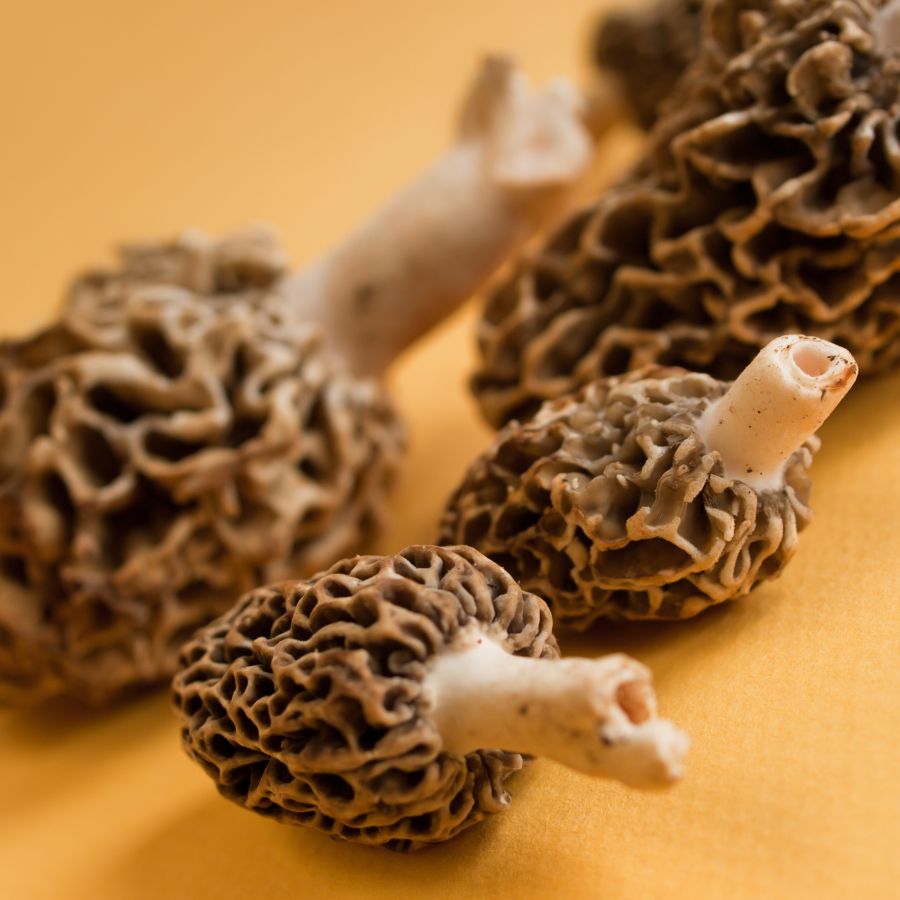
Some valuable forageables only show up for a short time each year, grow in hard-to-reach areas, or are very difficult to cultivate. That kind of rarity makes them harder to find and more expensive to buy.
Morels, truffles, and ramps are all good examples of this. They’re popular, but limited access and short growing seasons mean people are often willing to pay more.
A good seasonal foods guide can help you keep track of when high-value items appear.
High-End Dishes Boost the Value of Ingredients
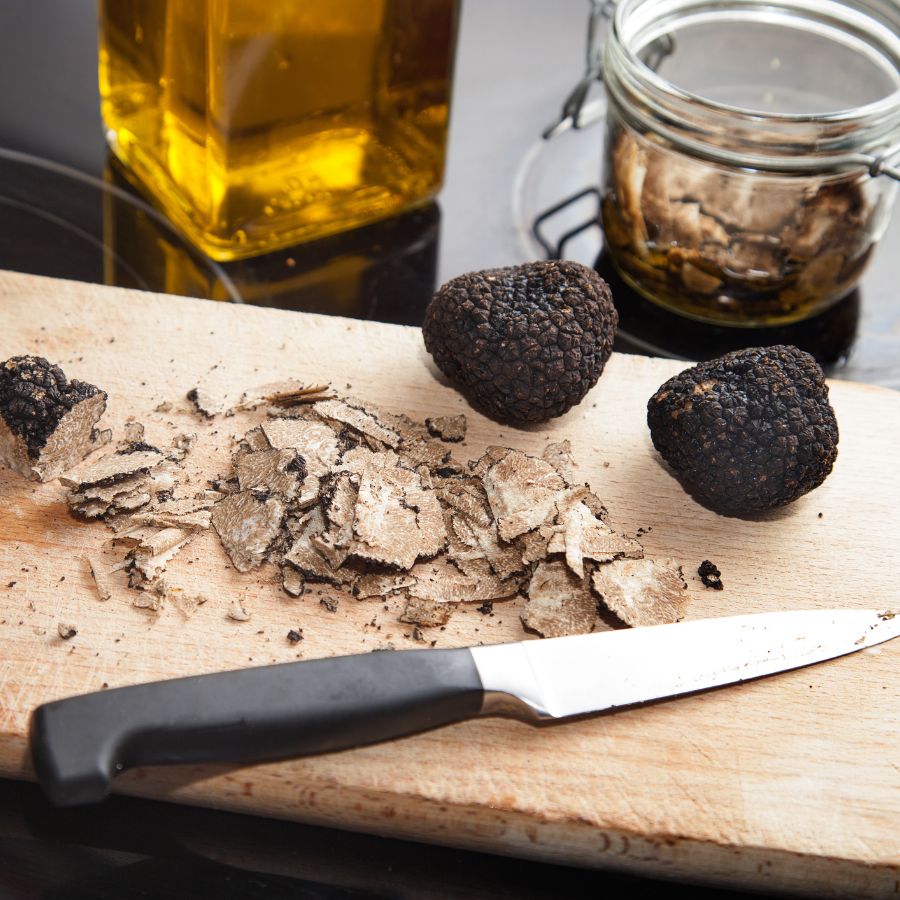
Wild ingredients that are hard to find in stores often catch the attention of chefs and home cooks. When something unique adds flavor or flair to a dish, it quickly becomes more valuable.
Truffles, wild leeks, and edible flowers are prized for how they taste and look on a plate. As more people try to include them in special meals, the demand—and the price—tends to rise.
You’ll find many of these among easy-to-identify wild mushrooms or herbs featured in fine dining.
Medicinal and Practical Uses Drive Forageable Prices Up
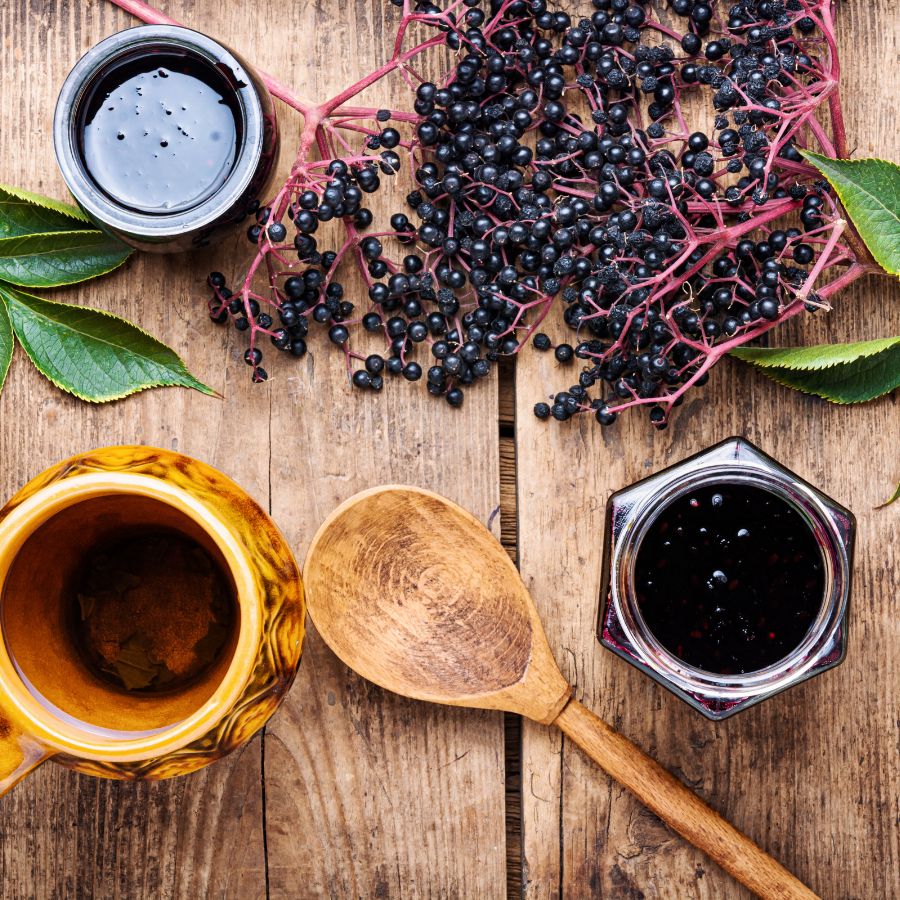
Plants like ginseng, goldenseal, and elderberries are often used in teas, tinctures, and home remedies. Their value comes from how they support wellness and are used repeatedly over time.
These plants are not just ingredients for cooking. Because people turn to them for ongoing use, the demand stays steady and the price stays high.
The More Work It Takes to Harvest, the More It’s Worth
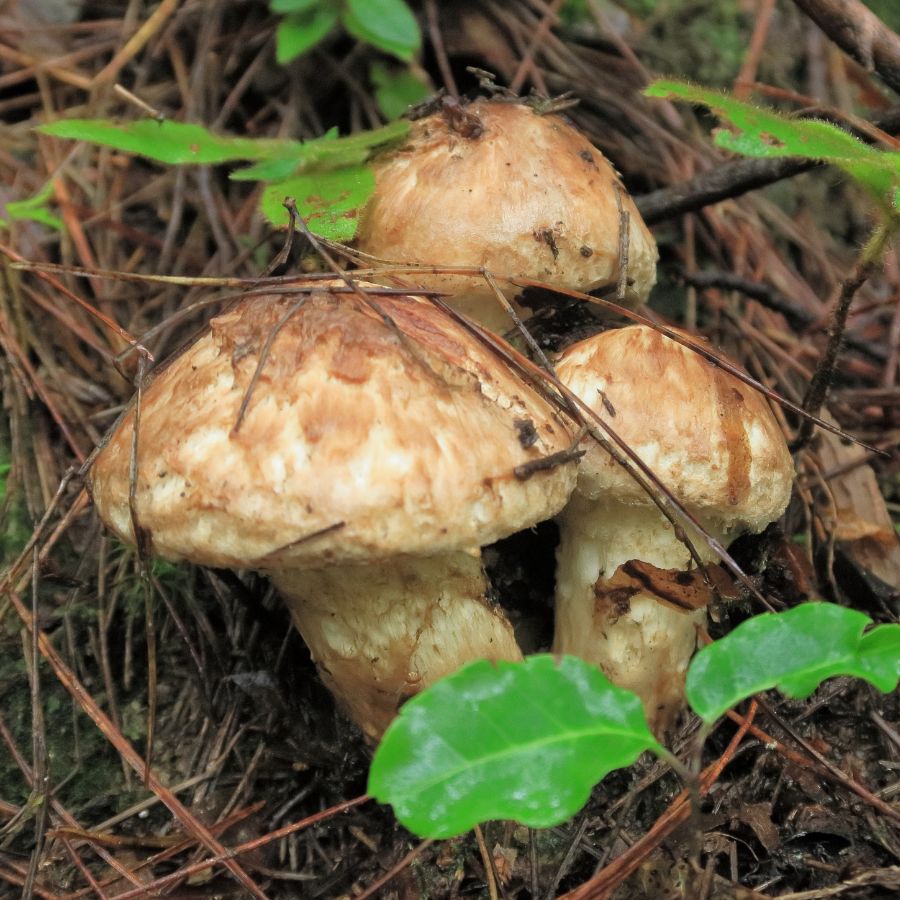
Forageables that are hard to reach or tricky to harvest often end up being more valuable. Some grow in dense forests, need careful digging, or have to be cleaned and prepared before use.
Matsutake mushrooms are a good example, because they grow in specific forest conditions and are hard to spot under layers of leaf litter. Wild ginger and black walnuts, meanwhile, both require extra steps for cleaning and preparation before they can be used or sold.
All of that takes time, effort, and experience. When something takes real work to gather safely, buyers are usually willing to pay more for it.
Foods That Keep Well Are More Valuable to Buyers
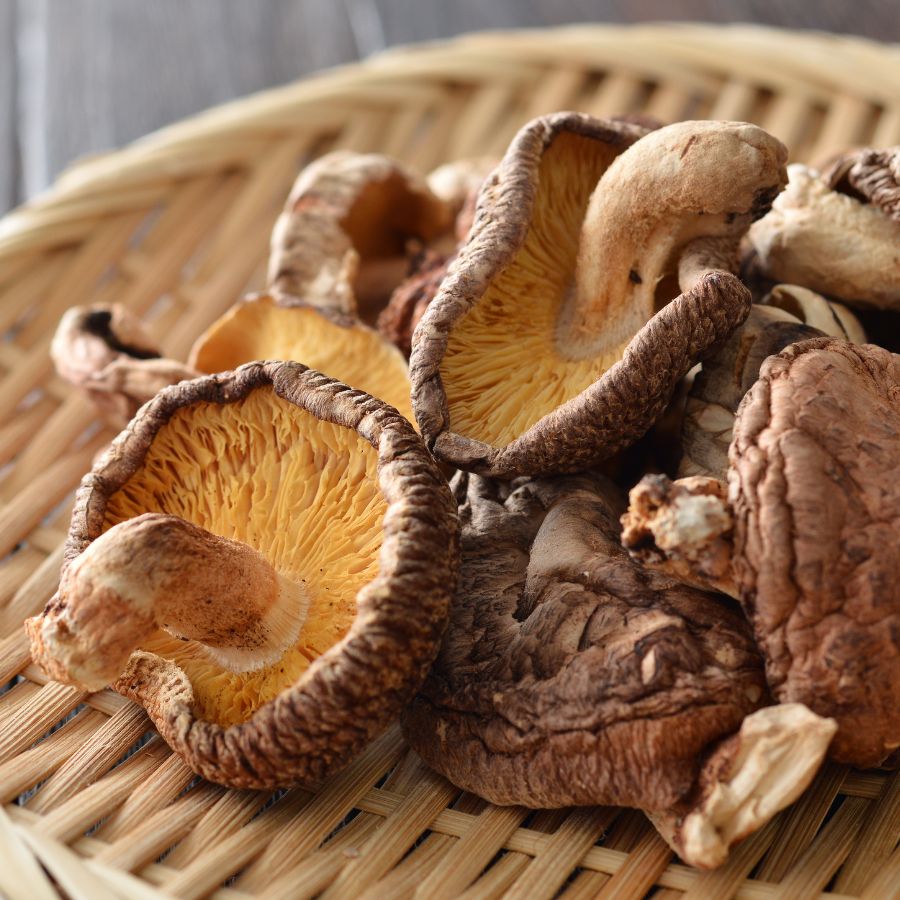
Some forageables, like dried morels or elderberries, can be stored for months without losing their value. These longer-lasting items are easier to sell and often bring in more money over time.
Others, like wild greens or edible flowers, have a short shelf life and need to be used quickly. Many easy-to-identify wild greens and herbs are best when fresh, but can be dried or preserved to extend their usefulness.
A Quick Reminder
Before we get into the specifics about where and how to find these mushrooms, we want to be clear that before ingesting any wild mushroom, it should be identified with 100% certainty as edible by someone qualified and experienced in mushroom identification, such as a professional mycologist or an expert forager. Misidentification of mushrooms can lead to serious illness or death.
All mushrooms have the potential to cause severe adverse reactions in certain individuals, even death. If you are consuming mushrooms, it is crucial to cook them thoroughly and properly and only eat a small portion to test for personal tolerance. Some people may have allergies or sensitivities to specific mushrooms, even if they are considered safe for others.
The information provided in this article is for general informational and educational purposes only. Foraging for wild mushrooms involves inherent risks.
Foraging Mistakes That Cost You Big Bucks
When you’re foraging for high-value plants, mushrooms, or other wild ingredients, every decision matters. Whether you’re selling at a farmers market or stocking your own pantry, simple mistakes can make your harvest less valuable or even completely worthless.
Harvesting at the Wrong Time
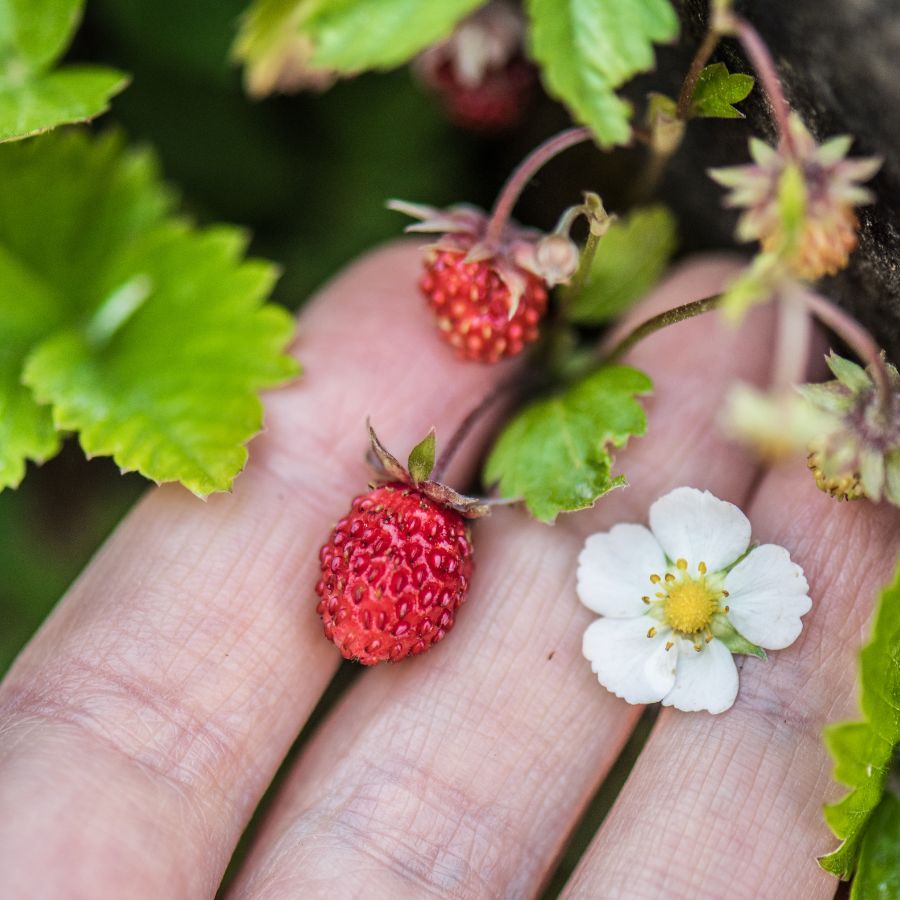
Harvesting at the wrong time can turn a valuable find into something no one wants. Plants and mushrooms have a short window when they’re at their best, and missing it means losing quality.
Morels, for example, shrink and dry out quickly once they mature, which lowers their weight and price. Overripe berries bruise in the basket and spoil fast, making them hard to store or sell.
Improper Handling After Harvest
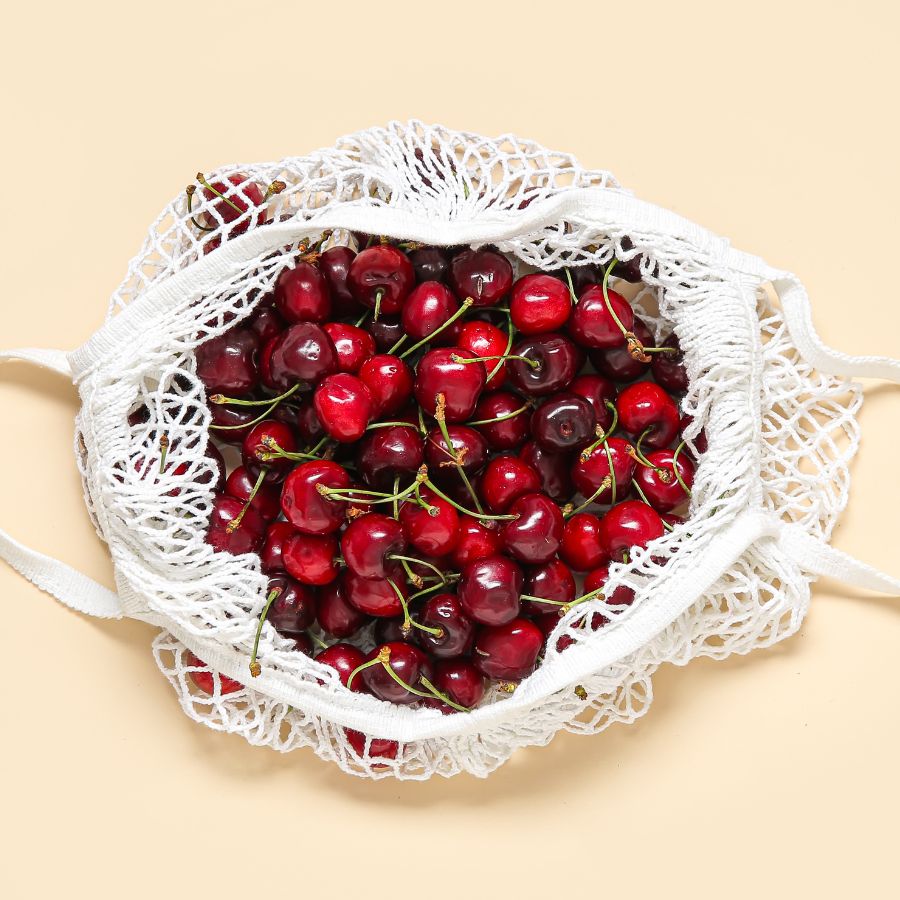
Rough handling can ruin even the most valuable forageables. Crushed mushrooms, wilted greens, and dirty roots lose both their appeal and their price.
Use baskets or mesh bags to keep things from getting smashed and let air circulate. Keeping everything cool and clean helps your harvest stay fresh and look better for longer.
This is especially important for delicate items like wild roots and tubers that need to stay clean and intact.
Skipping Processing Steps
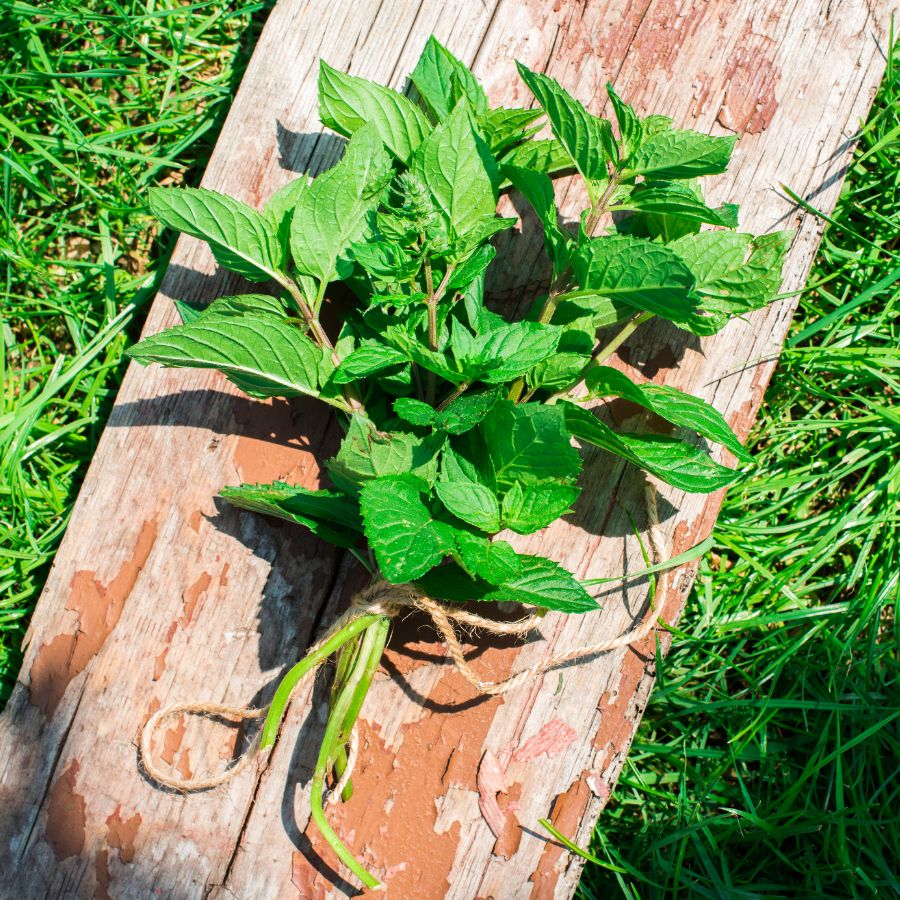
Skipping basic processing steps can cost you money. A raw harvest may look messy, spoil faster, or be harder to use.
For example, chaga is much more valuable when dried and cut properly. Herbs like wild mint or nettle often sell better when bundled neatly or partially dried. If you skip these steps, you may end up with something that looks unappealing or spoils quickly.
Collecting from the Wrong Area
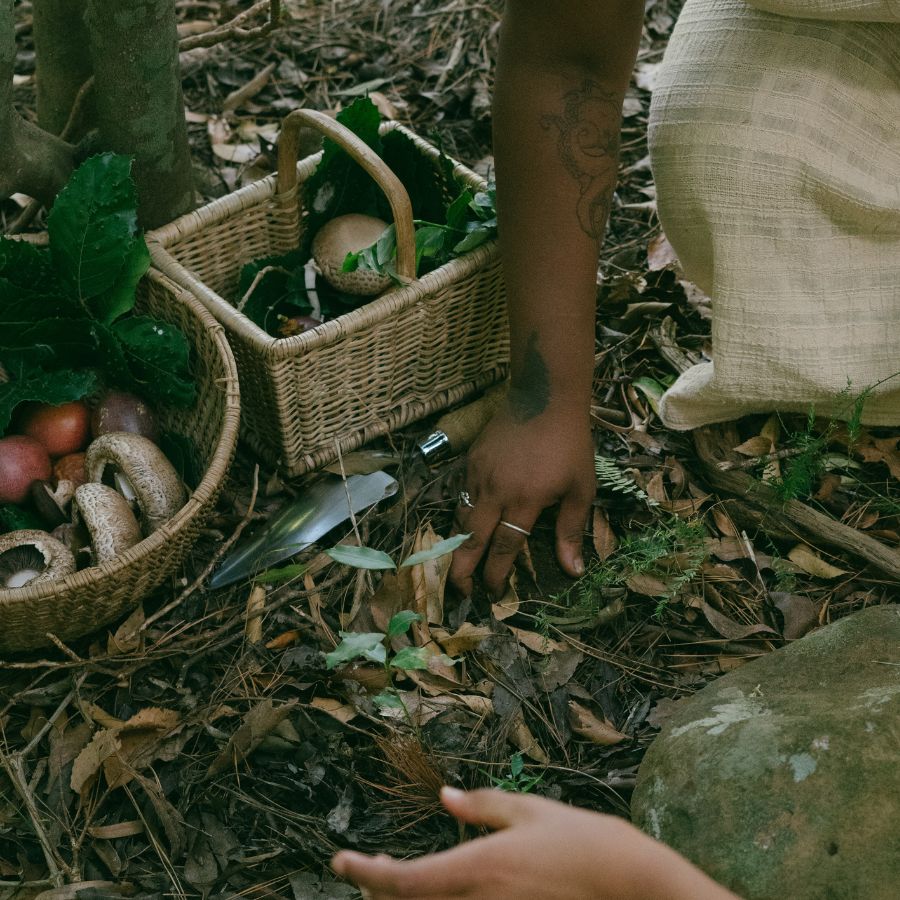
Harvesting in the wrong place can ruin a good find. Plants and mushrooms pulled from roadsides or polluted ground may be unsafe, no matter how fresh they look.
Buyers want to know their food comes from clean, responsible sources. If a spot is known for overharvesting or damage, it can make the whole batch less appealing.
These suburbia foraging tips can help you find overlooked spots that are surprisingly safe and productive.
Not Knowing the Market
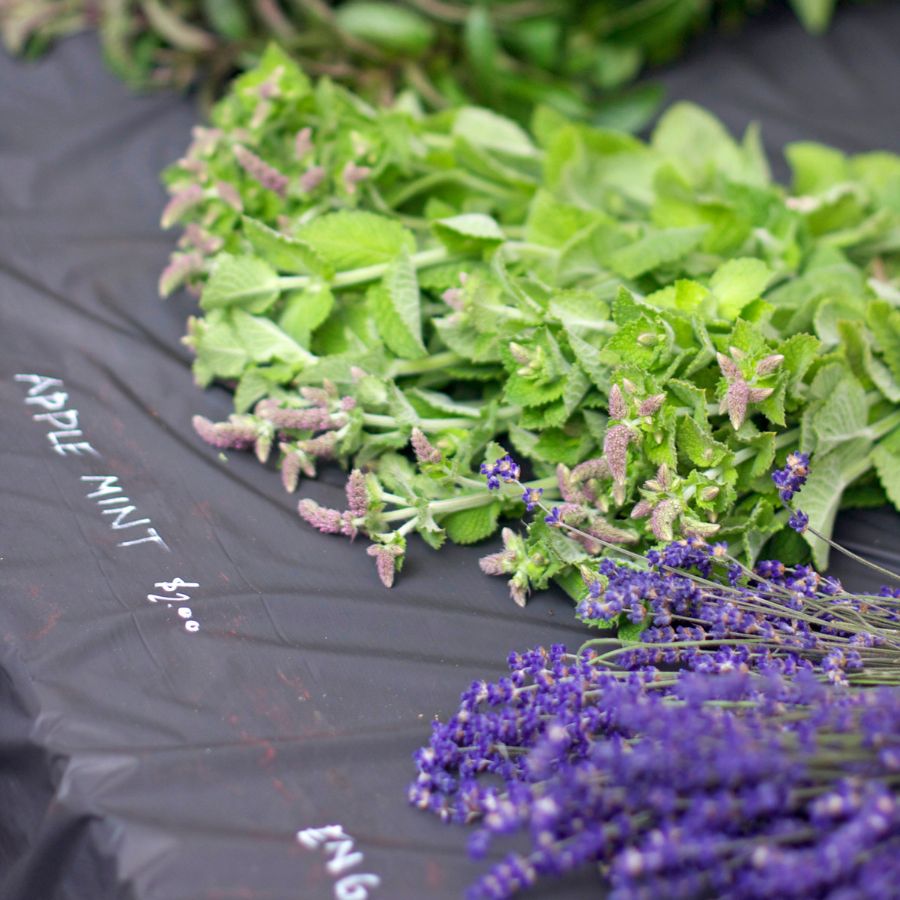
A rare plant isn’t valuable if nobody wants to buy it. If you gather in-demand species like wild ramps or black trumpets, you’re more likely to make a profit. Pay attention to what chefs, herbalists, or vendors are actually looking for.
Foraging with no plan leads to wasted effort and unsold stock. Keeping up with demand helps you bring home a profit instead of a pile of leftovers.
You can also brush up on foraging for survival strategies to identify the most versatile and useful wild foods.
Before you head out
Before embarking on any foraging activities, it is essential to understand and follow local laws and guidelines. Always confirm that you have permission to access any land and obtain permission from landowners if you are foraging on private property. Trespassing or foraging without permission is illegal and disrespectful.
For public lands, familiarize yourself with the foraging regulations, as some areas may restrict or prohibit the collection of mushrooms or other wild foods. These regulations and laws are frequently changing so always verify them before heading out to hunt. What we have listed below may be out of date and inaccurate as a result.
The Most Valuable Forageables in the State
Some of the most sought-after wild plants and fungi here can be surprisingly valuable. Whether you’re foraging for profit or personal use, these are the ones worth paying attention to:
Persimmon (Diospyros virginiana)
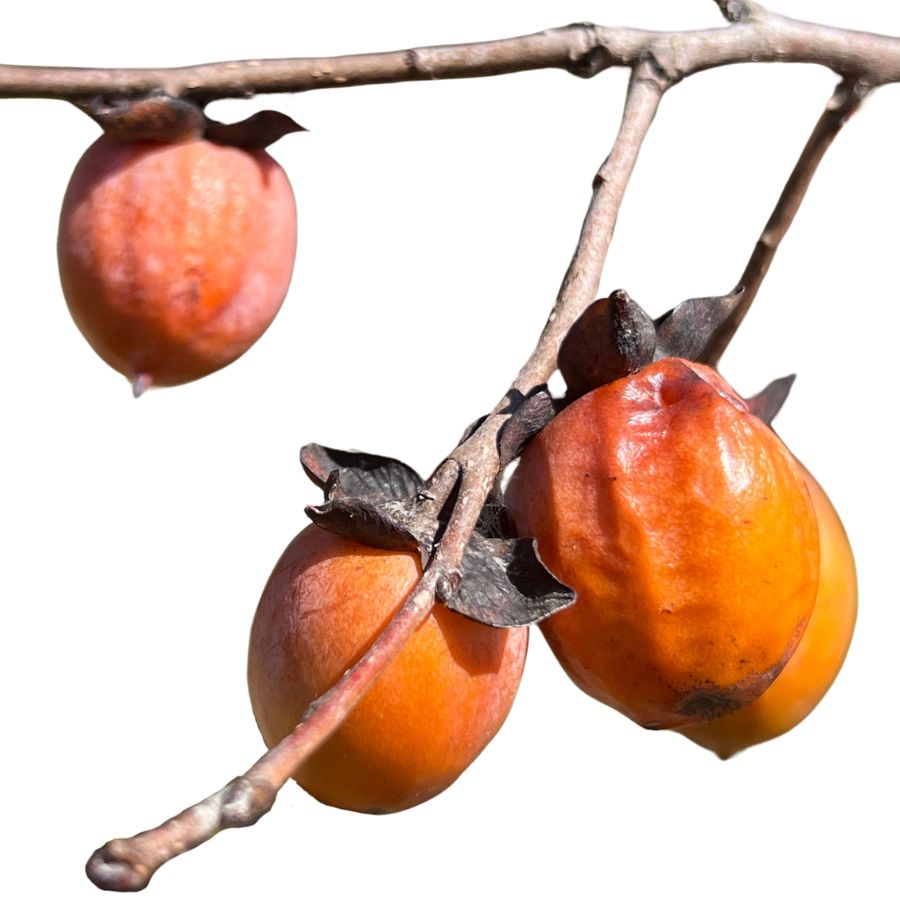
Persimmon fruit has a round shape and orange skin, usually with a slightly pointed end and a leafy cap still attached. It’s easy to bite into a ripe one and find it meltingly soft, with a flavor that’s both sugary and floral.
People sometimes confuse it with wild tomato-like fruits, but persimmons grow on hardwood trees and the fruit has a firmer skin. Avoid eating them when firm and unripe, as they contain tannins that cause a strong puckering sensation.
The pulp is the part most commonly used, and it’s great in baked goods or even frozen into a simple sorbet. Some cooks mash it into jam or dehydrate slices for a chewy snack.
Wild persimmons are valuable more for their flavor than for any consistent market price, though foragers and specialty sellers often get a few dollars per pound. The rich taste and the tree’s ability to grow in various soils make this fruit worth the effort to find.
Lamb’s Quarters (Chenopodium album)
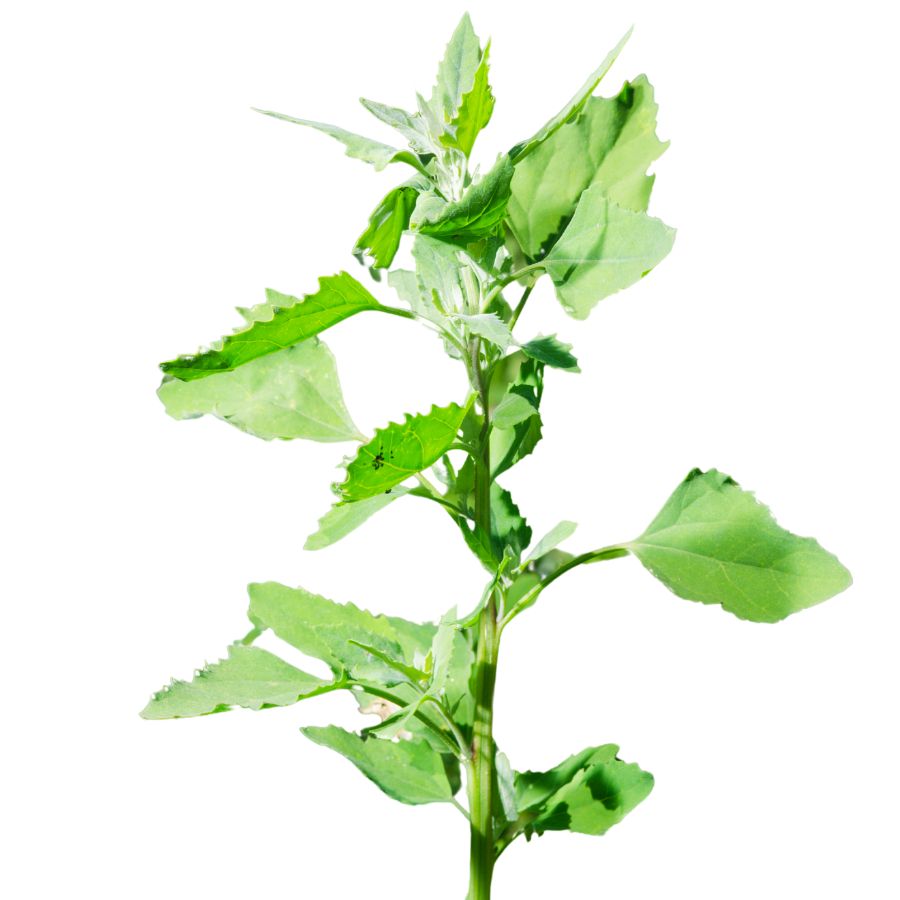
Lamb’s quarters has soft, gray-green leaves that are shaped like goose feet and often carry a light powdery coating. You can eat the young leaves and tender shoots raw or cooked, but the seeds are also edible if prepared properly.
The leaves have a mild, spinach-like flavor and are often sautéed or tossed into soups and stews. While the plant is nutritious, with high levels of vitamins A and C, it also contains oxalates, so it’s best not to overdo it.
Some of the lookalikes include epazote and young pigweed, but lamb’s quarters usually has a whitish bloom on the underside of its leaves. It grows in disturbed soils and gardens, often right alongside crops.
Its seeds have been used as a grain and are rich in protein, though collecting them is time-consuming. The plant itself isn’t sold at high prices, but it’s valuable as a free, nutrient-dense green.
Toothwort (Cardamine concatenata)
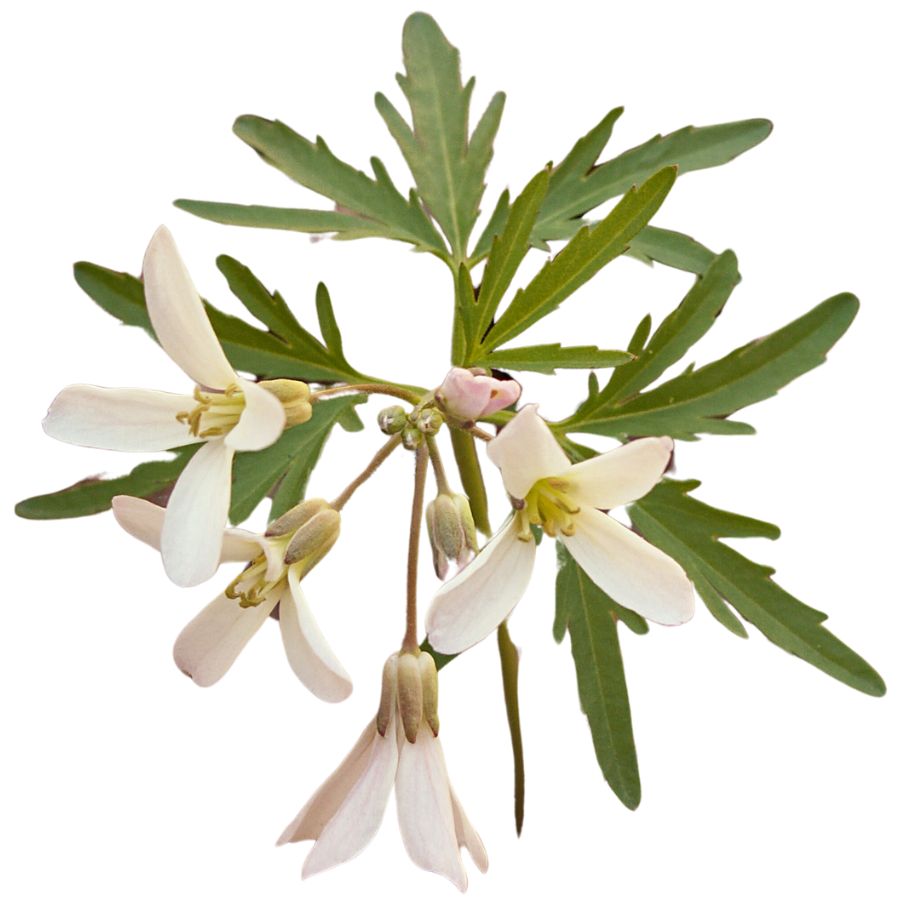
Toothwort is an edible wild plant with slender stems and a row of creamy white or pale pink flowers that grow on top. The leaves are deeply divided into three lobes, giving them a lacy, almost fern-like look.
You can eat the root, which has a crisp texture and a sharp, peppery taste like horseradish. It’s often grated and used fresh in small amounts as a spicy garnish or condiment.
While it resembles some other woodland plants, most lookalikes don’t share the same leaf structure or the peppery bite of the root. The plant is safe when properly identified, but don’t confuse it with any bitter cress that lacks the toothed, finger-like leaflets.
Toothwort isn’t usually sold commercially, but it’s valued among foragers for its punchy flavor and quick use in trail meals or wild salads. Only the root is edible; the rest of the plant doesn’t offer much in taste or texture.
American Plum (Prunus americana)
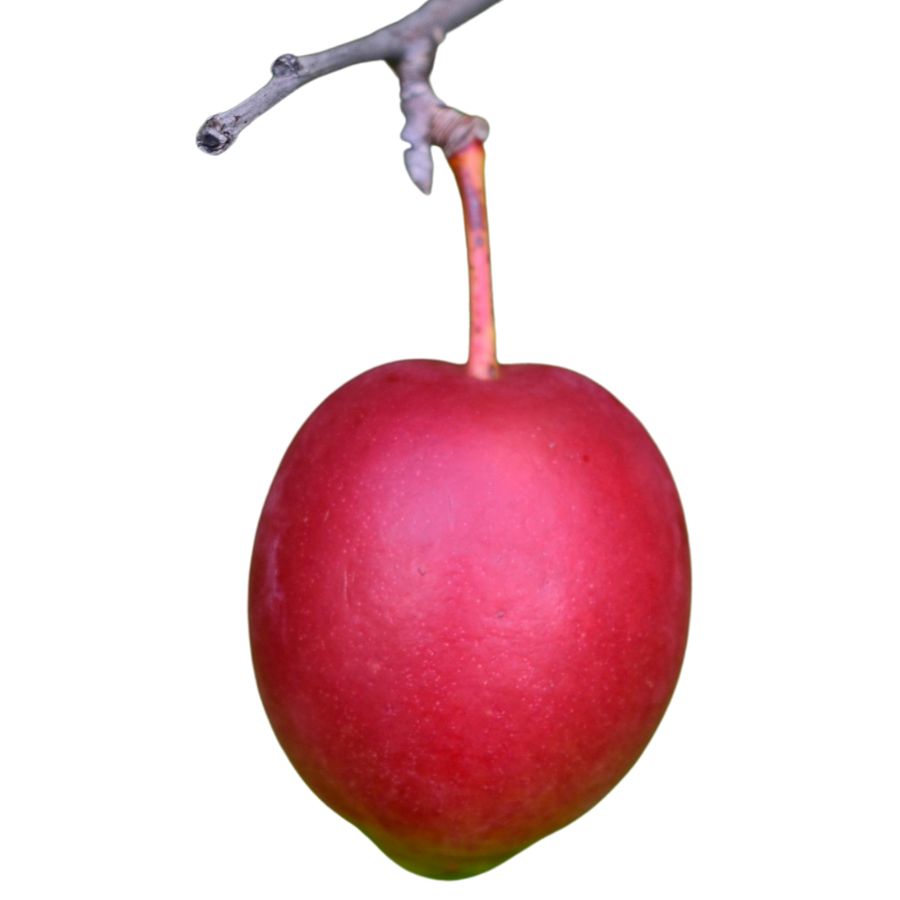
American plums grow on small trees and produce fruit that ranges from deep red to bluish-purple with a waxy coating. The skin is tart and a little astringent, but the flesh inside is sweet, soft, and juicy when fully ripe.
You can eat the fruit fresh, but it’s more often cooked down into jelly, jam, or syrup. The pits are not edible and should always be discarded.
Some cherry species grow in similar clusters, but cherries tend to be smaller, rounder, and darker with smoother bark. American plum leaves also have a rough texture that helps separate them from other lookalikes.
These plums are valuable in small markets, especially when turned into preserves or wine. Individual trees can yield a good harvest, but the fruit is delicate and doesn’t store long.
Virginia Springbeauty (Claytonia virginica)
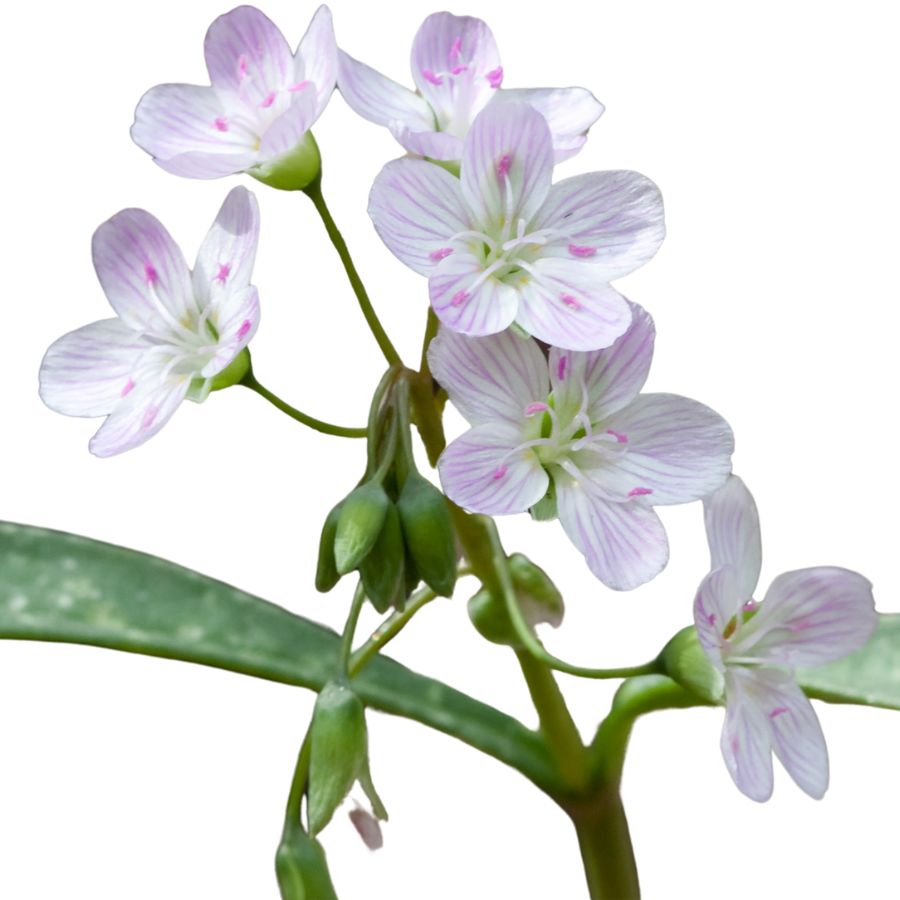
Virginia springbeauty grows low to the ground and has delicate pink-striped white flowers and narrow, grasslike leaves. You can dig up the small underground tubers, which are edible raw or cooked and taste like a mild potato.
These tubers are the only part of the plant that’s eaten, and they’re often roasted or boiled. They’re soft when cooked, with a slightly nutty flavor that deepens the longer they’re heated.
It’s easy to confuse this plant with some species of Star-of-Bethlehem, which also has grasslike leaves, but that one has bright white petals without pink lines and can be toxic. The difference is usually clear when you compare the flowers side by side.
Virginia springbeauty won’t bring in much money if you sell it, but the tubers were widely gathered by Indigenous communities and are still prized by foragers. They’re small and can take a while to collect in quantity, which makes them less practical to sell but still valuable for personal use.
Pawpaw (Asimina triloba)
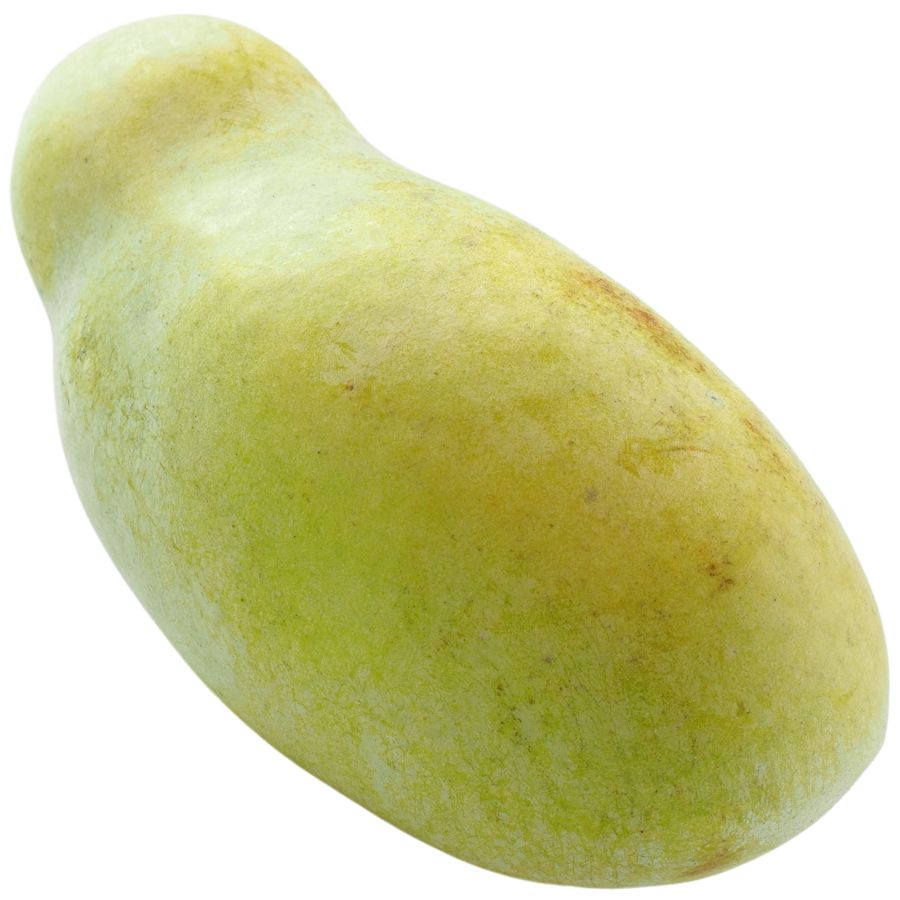
Pawpaw produces a green, mango-shaped fruit with soft yellow flesh inside and a taste that’s hard to forget. The flavor is rich and tropical, and the texture is thick like custard.
You’ll want to avoid the seeds and skin, but the pulp is edible and highly sought after. Some people cook it down into jams while others prefer it raw, straight from the peel.
There are other fruits in wooded areas that look similar, but pawpaw’s smell and size help separate it from anything potentially inedible. The way its fruits grow in clusters is also a giveaway.
Pawpaw isn’t commonly found in grocery stores, which makes it valuable for small growers and foragers. In-season, it can fetch a premium price at specialty food shops and farmers markets.
Morel Mushroom (Morchella spp.)
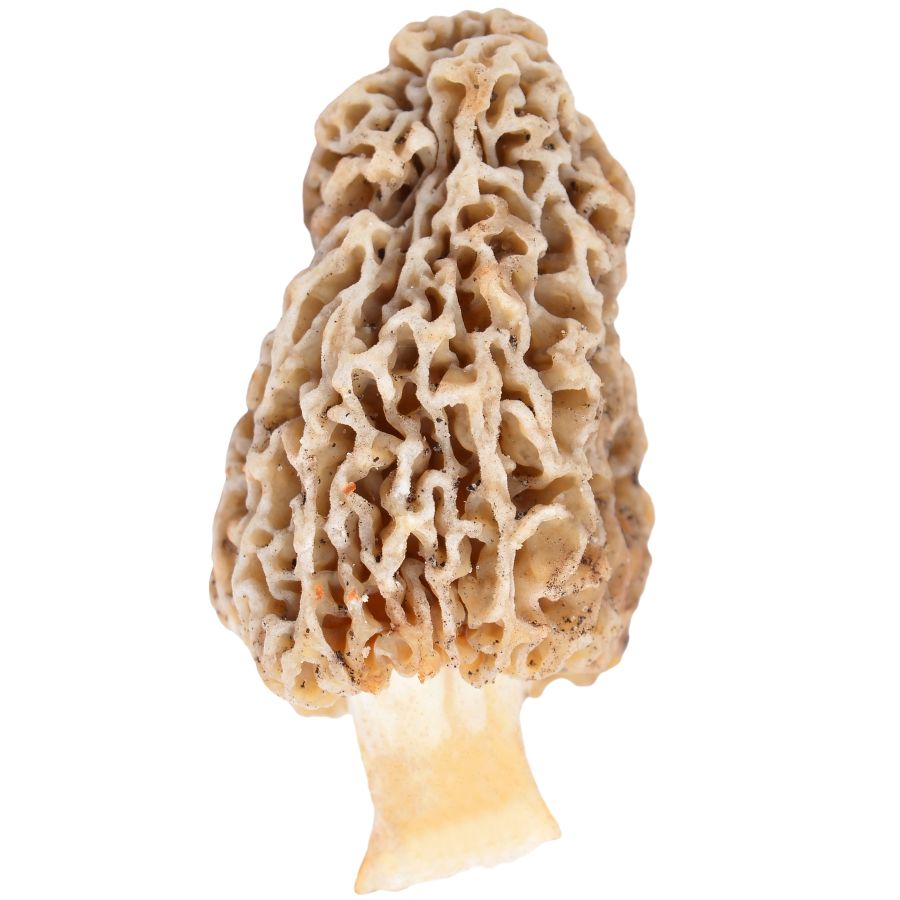
Morel mushrooms have a honeycomb-like surface with deep pits and ridges. The cap is fully attached to the stem, which helps set them apart from dangerous lookalikes like false morels that often have wrinkled, lobed caps and loose or cottony interiors.
The rich, nutty flavor and slightly chewy texture make morels a favorite in high-end kitchens. Many people sauté them in butter, stuff them, or dry them for later use because they hold their flavor extremely well.
Always cook morels thoroughly because raw ones can cause stomach upset, even when they look perfectly normal.
Morels are highly prized by chefs and home cooks, sometimes selling for over $50 per pound fresh and even more when dried.
Part of what makes morels so valuable is how hard they are to cultivate and find. They often grow in specific, unpredictable places, and their short harvesting window drives up both the demand and the price.
Curly Dock (Rumex crispus)
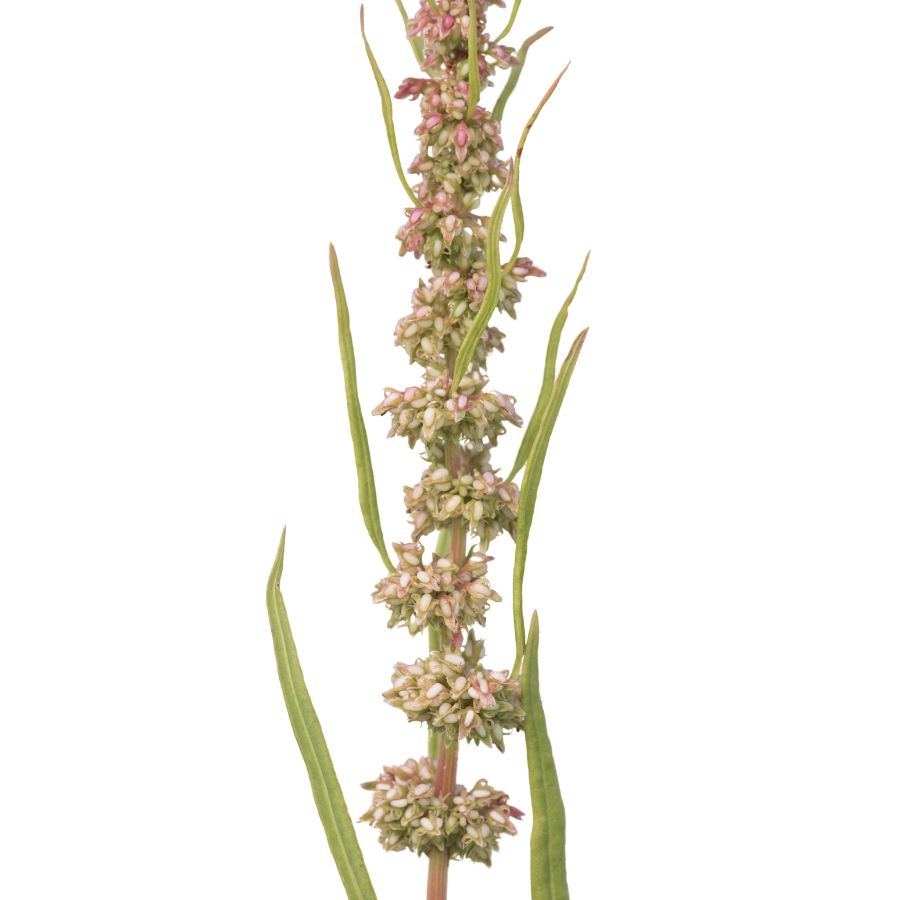
Curly dock grows in a tall, upright cluster with narrow, wavy-edged leaves and a deep taproot. You’ll often see the older seed stalks turn a rusty brown and remain standing even after the leaves die back.
The leaves are edible when young, with a tart, lemony flavor and a slightly chewy texture once cooked. Most people boil them in a few changes of water or sauté them like spinach.
You can also harvest the seeds, which look like small, papery brown hulls along the dried stalks. They’re edible too, but gritty and often ground into flour to mix with other grains.
Some dock species aren’t as palatable or safe, especially ones with broader leaves or harsh, acrid sap. Curly dock is generally safe in moderation, but it does contain oxalates, so it’s not a good idea to eat it in large quantities every day.
Watercress (Nasturtium officinale)
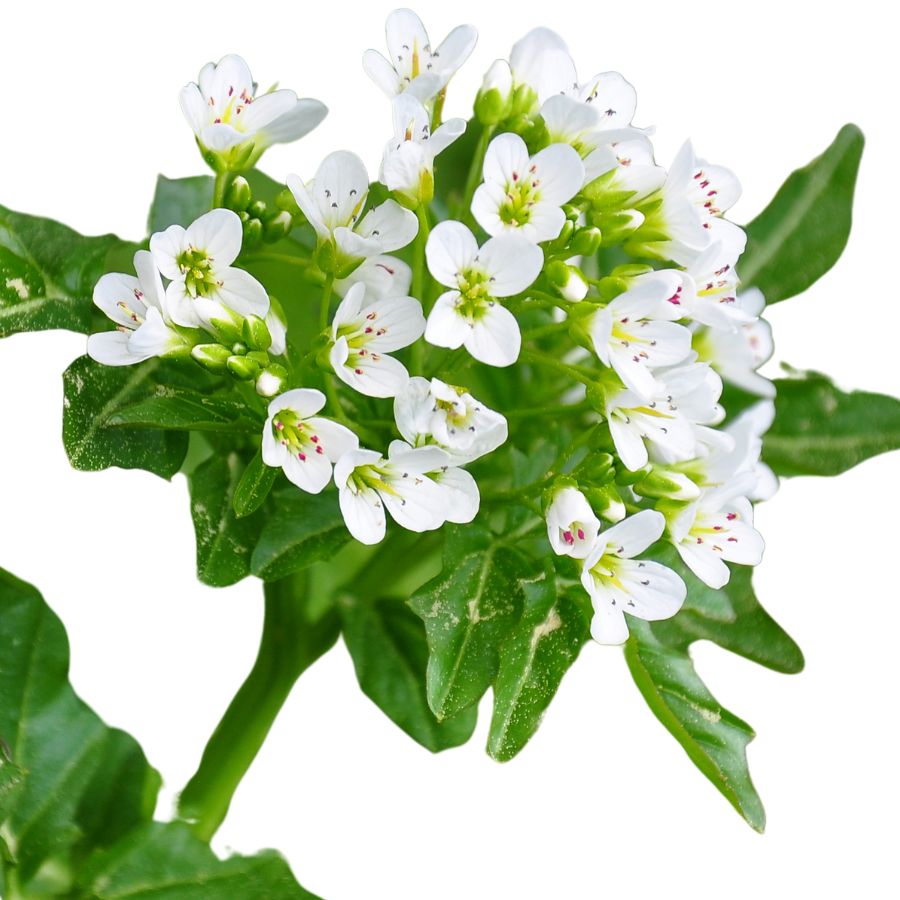
You’ll find watercress in slow-moving creeks and see it trailing along the water’s surface with clusters of tiny white blossoms. The leaves are edible and deliver a clean, peppery taste that works well fresh or tossed into stir-fries.
It’s important to watch out for lookalikes like fool’s watercress, which lacks the spicy bite and can be toxic. True watercress has a distinctive aroma and a watery, hollow stem that snaps easily.
People usually eat the leaves and stems, while the roots stay in the streambed. Watercress is packed with nutrients and adds a pleasant kick to meals without overpowering them.
Watercress is considered a premium leafy green and doesn’t keep long after harvesting, which drives up its market price. It’s not uncommon to see it featured in gourmet dishes or sold in farmers markets by the bunch.
Ramps (Allium tricoccum)
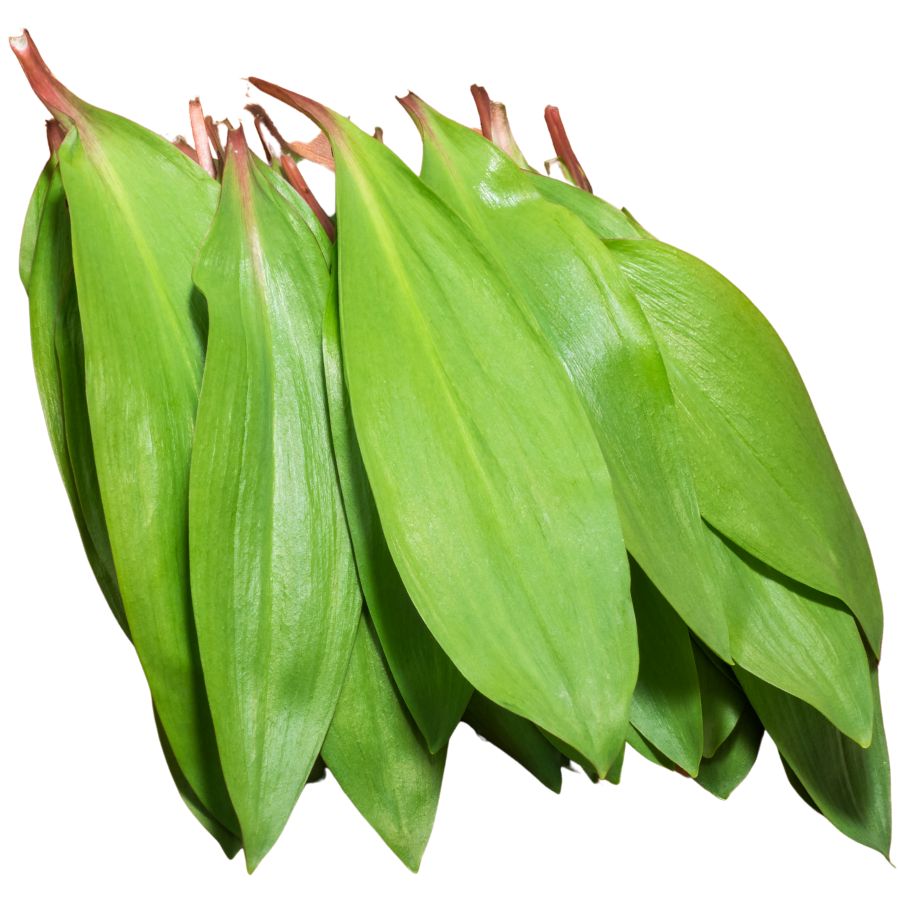
Ramps, often called wild garlic or wild leeks, are a flavorful edible plant prized by chefs and foragers alike. The plant has two or three wide green leaves, a reddish lower stem, and a white bulb with a strong onion-garlic aroma.
Toxic lookalikes like lily of the valley can confuse inexperienced foragers, but ramps always smell distinctly like onion when the leaves are torn. That scent is the easiest and most reliable clue for identification.
Cooks love using ramps in simple sautés, potato dishes, or blended into compound butters. The texture is soft and silky when cooked, while the raw bulbs offer a strong bite.
Their popularity in high-end cooking has made them one of the most expensive wild greens sold in markets. Because entire plants are often pulled for their bulbs, overharvesting has made sustainably gathered ramps even more valuable.
Hickory Nut (Carya ovata)
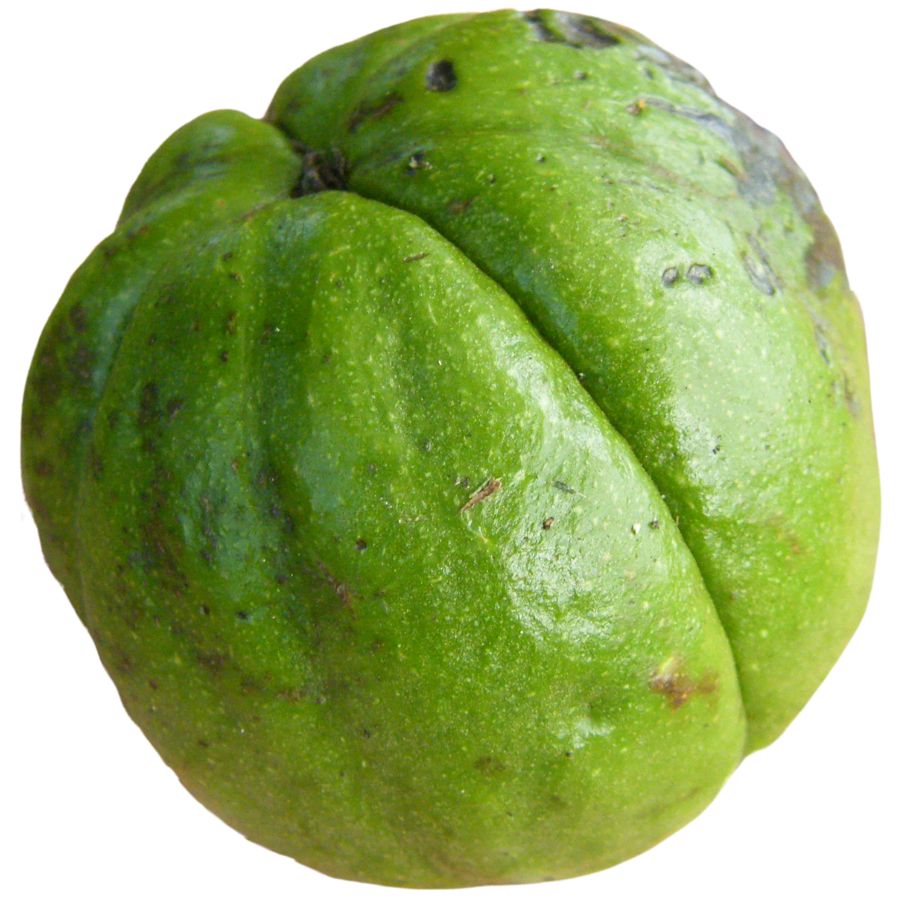
Hickory nuts grow inside a tough outer husk that splits open when the nut is ripe. The tree has compound leaves, and its bark can peel in long strips, especially on the shagbark variety.
The meat inside the nut is rich, sweet, and slightly oily, often compared to pecans but with a deeper flavor. It’s great raw, roasted, or ground into flour for use in traditional baking.
Bitternut hickories produce nuts that look similar but taste unpleasantly bitter and are not considered edible. You can usually tell them apart by the thinner shell and a more oblong shape.
Foragers value hickory nuts for their high energy content and long shelf life, especially after thorough drying. They’re time-consuming to crack, but the payoff can be worth it—shelled nutmeats often sell for premium prices in small-scale markets.
Milkweed (Asclepias syriaca)
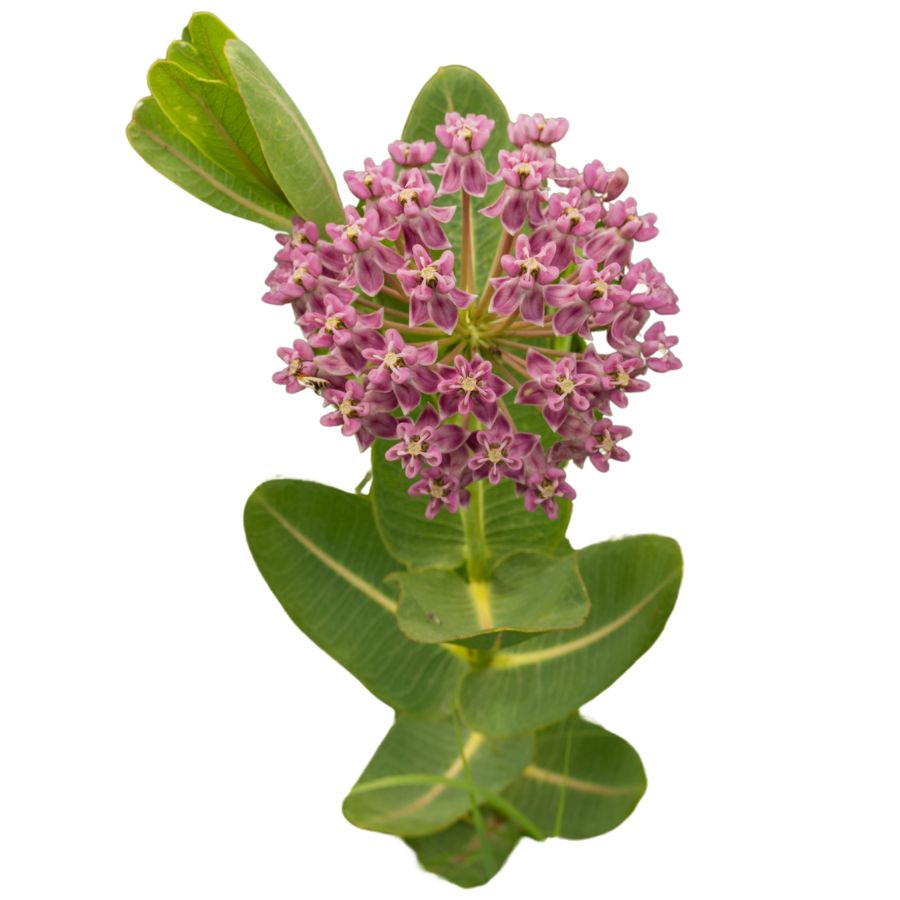
You’ll find milkweed growing in open fields, where it produces thick stems, wide green leaves, and heavy flower clusters. The unopened buds and tender pods are the most popular edible parts, though only after boiling them well.
It’s often confused with dogbane, which is poisonous and doesn’t produce the same sticky white sap when snapped. When cooked correctly, the pods become tender and taste a little like asparagus with a softer bite.
People usually prepare milkweed in soups, boiled side dishes, or even fried after parboiling to remove toxins. Boiling the parts in two or three rounds of water is the safest way to make them edible.
This plant isn’t widely sold commercially, but in local foraging communities, it’s a valued wild vegetable. If you’re careful with your identification and preparation, milkweed can be a surprisingly versatile wild food.
Wood Sorrel (Oxalis stricta)
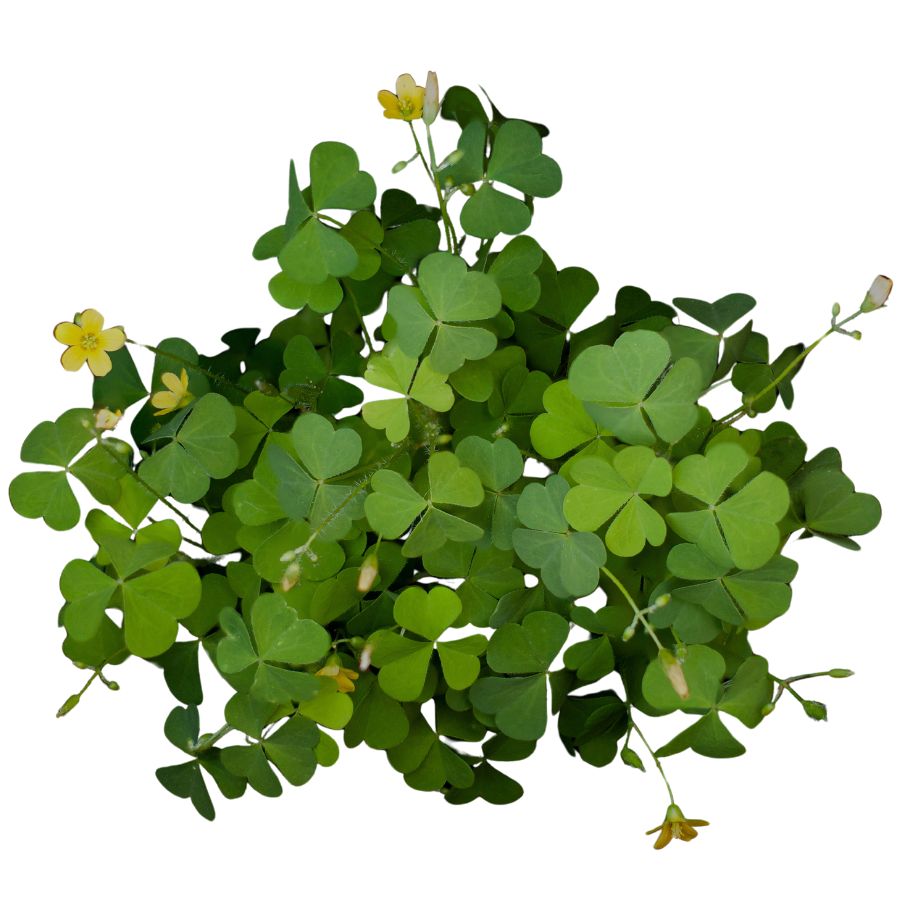
Wood sorrel is a small plant with heart-shaped leaflets that look like clover but feel more delicate and have a bright green color. The leaves, flowers, and seed pods are all edible and have a sour, lemony taste due to the oxalic acid they contain.
You can eat it raw in small amounts or sprinkle it onto salads for a tart kick. The leaves are thin and crisp, with a clean, refreshing bite that’s especially nice with mild greens or cucumbers.
It’s easy to confuse wood sorrel with clover, but clover lacks the sour flavor and has rounder, thicker leaves. The yellow flowers are another clue that you’ve found wood sorrel and not a lookalike.
Too much wood sorrel can irritate your stomach or kidneys because of the oxalic acid, so it’s best as a garnish or flavor accent, not a main ingredient. It doesn’t hold much value commercially, but it’s popular among foragers because of its distinct flavor and how well it pairs with mild foods.
Redbud (Cercis canadensis)
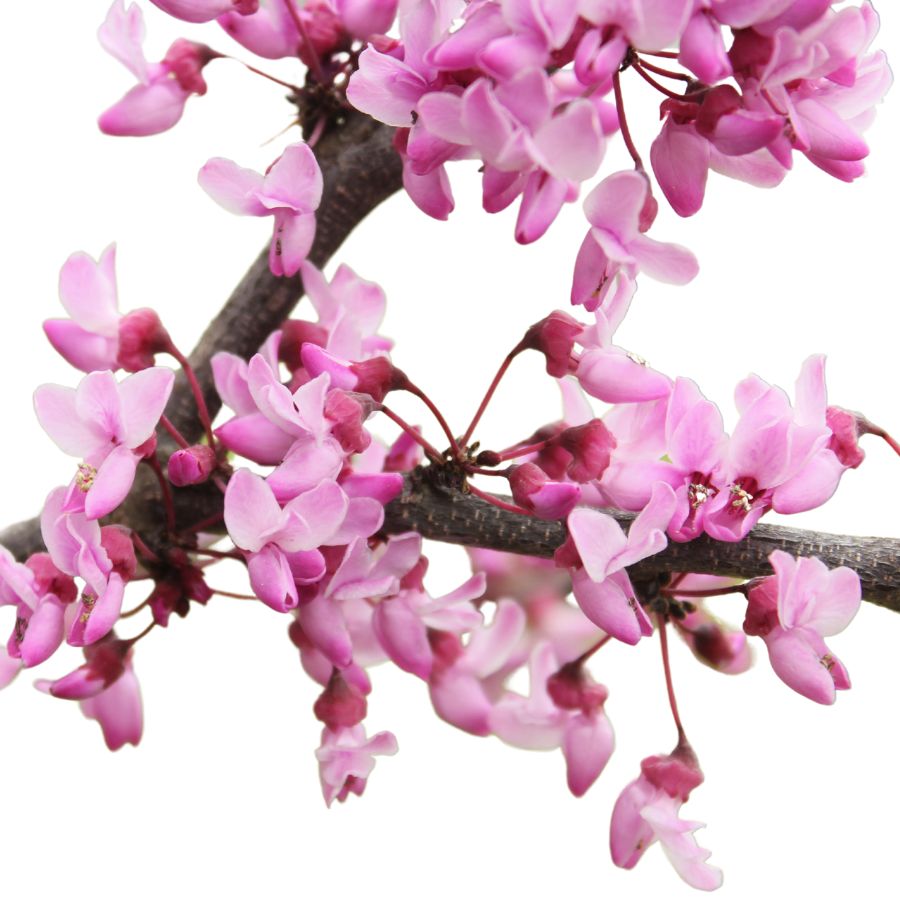
The pink flowers from the redbud tree are edible and used in all kinds of simple recipes. They’re a little tart with a raw snap and work well in salads or tossed on toast or omelets for a pop of color.
Some people also cook the young seed pods like snap peas, but only when they’re still small and green. The flavor gets bitter once the pods begin to toughen.
Redbud isn’t usually confused with other plants if you’re harvesting directly from a tree, but avoid collecting from lookalike shrubs that don’t bloom directly from their bark. The unusual flower placement—right out of the branches—is one of the clearest signs you’re looking at the right thing.
Chefs pay attention to redbud mostly for plating and garnish, so there’s not much resale value unless you’re targeting niche restaurant markets. The flowers don’t store long, but fresh ones can add interest to foraged meals and homemade condiments.
Jerusalem Artichoke (Helianthus tuberosus)
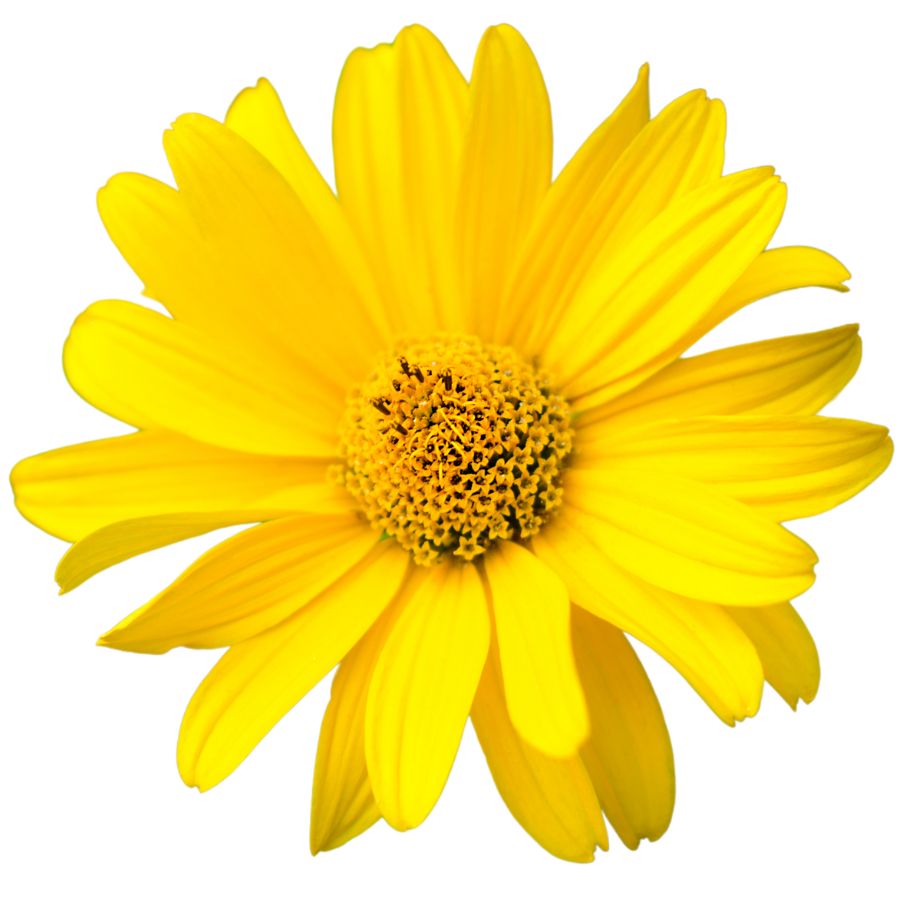
The Jerusalem artichoke is a sunflower relative that grows tall with bright yellow blooms and knobby, potato-like tubers underground. Its underground part is what you eat, while the stems, leaves, and flowers are best left alone.
What makes the tubers interesting is their crisp texture when raw and a nutty, slightly sweet flavor when cooked. They’re often roasted, pureed into soups, or sliced thin for chips.
Some wild sunflowers can look similar, but they don’t form the same type of tubers. If you’re not digging up a bumpy, tan root shaped like ginger, you’re not looking at the right plant.
People value Jerusalem artichokes for their culinary versatility and as a low-starch alternative to potatoes. They sell for a decent price at specialty grocers and farmers markets, especially when freshly dug.
Stinging Nettle (Urtica dioica)
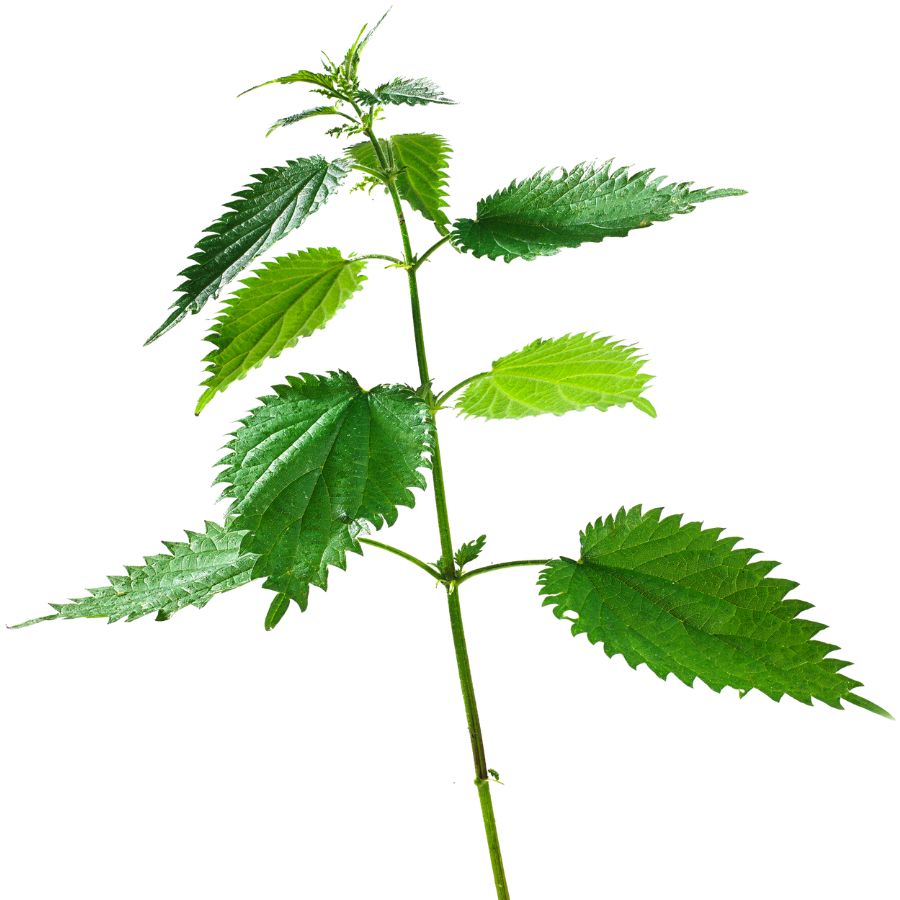
Stinging nettle, also called burn nettle or common nettle, is a leafy green covered in tiny needle-like hairs that deliver a sting. These hairs can irritate your skin, but cooking the plant completely removes that problem.
Only the top few inches of the plant are harvested for food, usually while the stems are still tender. After boiling or steaming, the leaves taste mildly herbal and have a texture similar to cooked kale.
It’s easy to confuse stinging nettle with lookalikes like wood nettle or false nettle, but the key difference is how aggressively stinging nettle reacts when touched. If you brush against it and feel a sharp tingling burn, it’s the real thing.
Fresh nettles are sold at some farmers markets and herb shops, though their value mostly comes from their nutritional punch and culinary versatility. They’re often used in soups, pestos, and green purées where other leafy greens might wilt too quickly.
Elderberry (Sambucus canadensis)
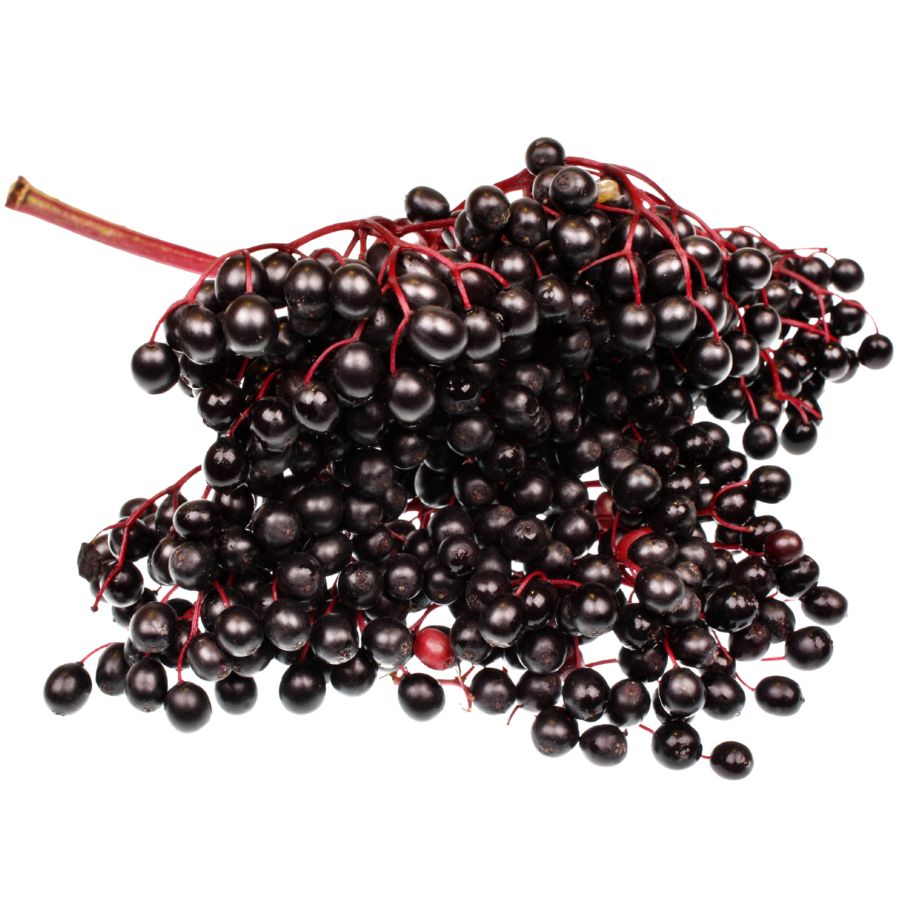
For centuries, elderberries has been gathered not just for food, but for making home remedies prized across the Southwest. Also called Mexican elder and tapiro, elderberry grows as a sprawling bush or small tree with clusters of tiny white flowers that turn into dusty blue-black berries.
There are toxic lookalikes you need to watch for, especially red elderberry, which has round clusters of bright red fruit. Elderberries grow in flatter, broader clusters and have a softer, more powdery appearance when ripe.
The berries have a deep, earthy flavor with a tart edge, and are usually cooked into jams, syrups, and baked goods to bring out their richness.
Make sure to avoid eating the raw berries, seeds, bark, or leaves because they can cause nausea unless they are properly cooked.
This plant stays valuable because the berries are used heavily in teas, tinctures, and syrups that people rely on for wellness, driving steady demand. Elderberries can also be dried and stored for months, making it even more profitable compared to foods that spoil quickly.
Where to Find Valuable Forageables in the State
Some parts of the state are better than others when it comes to finding valuable wild plants and mushrooms. Here are the different places where you’re most likely to have luck:
| Plant | Locations |
| Persimmon (Diospyros virginiana) | – Mark Twain National Forest – Katy Trail State Park – Cuivre River State Park |
| Lamb’s Quarters (Chenopodium album) | – Rock Bridge Memorial State Park – Prairie State Park – Big Oak Tree State Park |
| Toothwort (Cardamine concatenata) | – Bell Mountain Wilderness – Hawn State Park – Cuivre River State Park |
| American Plum (Prunus americana) | – Phelps County – Dallas County – Livingston County |
| Virginia Springbeauty (Claytonia virginica) | – Bell Mountain Wilderness – Rock Bridge Memorial State Park – Mark Twain National Forest |
| Pawpaw (Asimina triloba) | – Columbia Audubon Nature Sanctuary – Riverside Park in Hannibal – Mark Twain National Forest |
| Morel Mushroom (Morchella spp.) | – Mark Twain National Forest – Cuivre River State Park – Rock Bridge Memorial State Park |
| Curly Dock (Rumex crispus) | – Prairie State Park – Big Oak Tree State Park – Katy Trail State Park |
| Watercress (Nasturtium officinale) | – Rock Bridge Memorial State Park – Cuivre River State Park – Big Oak Tree State Park |
| Ramps (Allium tricoccum) | – Bell Mountain Wilderness – Hawn State Park – Mark Twain National Forest |
| Hickory Nut (Carya ovata) | – Mark Twain National Forest – Cuivre River State Park – Rock Bridge Memorial State Park |
| Milkweed (Asclepias syriaca) | – Prairie State Park – Katy Trail State Park – Big Oak Tree State Park |
| Wood Sorrel (Oxalis stricta) | – Rock Bridge Memorial State Park – Cuivre River State Park – Big Oak Tree State Park |
| Redbud (Cercis canadensis) | – Mark Twain National Forest – Hawn State Park – Cuivre River State Park |
| Jerusalem Artichoke (Helianthus tuberosus) | – Prairie State Park – Big Oak Tree State Park – Katy Trail State Park |
| Stinging Nettle (Urtica dioica) | – Rock Bridge Memorial State Park – Cuivre River State Park – Mark Twain National Forest |
| Elderberry (Sambucus canadensis) | – Mark Twain National Forest – Cuivre River State Park – Rock Bridge Memorial State Park |
When to Forage for Maximum Value
Every valuable wild plant or mushroom has its season. Here’s a look at the best times for harvest:
| Plants | Valuable Parts | Best Harvest Season |
| Persimmon (Diospyros virginiana) | Ripe fruits | September – November |
| Lamb’s Quarters (Chenopodium album) | Young leaves, shoots | May – July |
| Toothwort (Cardamine concatenata) | Rhizomes, young leaves | March – April |
| American Plum (Prunus americana) | Ripe fruits | July – August |
| Virginia Springbeauty (Claytonia virginica) | Tubers | March – April |
| Pawpaw (Asimina triloba) | Ripe fruits | August – September |
| Morel Mushroom (Morchella spp.) | Entire mushroom | April – May |
| Curly Dock (Rumex crispus) | Young leaves, seeds | March – June (leaves); August – September (seeds) |
| Watercress (Nasturtium officinale) | Leaves, stems | March – May; October – November |
| Ramps (Allium tricoccum) | Leaves, bulbs | March – May |
| Hickory Nut (Carya ovata) | Nuts | September – October |
| Milkweed (Asclepias syriaca) | Young shoots, flower buds, immature pods | May – July |
| Wood Sorrel (Oxalis stricta) | Leaves, flowers, seed pods | April – September |
| Redbud (Cercis canadensis) | Flower buds, young pods | March – May |
| Jerusalem Artichoke (Helianthus tuberosus) | Tubers | October – November |
| Stinging Nettle (Urtica dioica) | Young leaves, shoots | March – May |
| Elderberry (Sambucus canadensis) | Flowers, ripe berries | June (flowers); August – September (berries) |
One Final Disclaimer
The information provided in this article is for general informational and educational purposes only. Foraging for wild plants and mushrooms involves inherent risks. Some wild plants and mushrooms are toxic and can be easily mistaken for edible varieties.
Before ingesting anything, it should be identified with 100% certainty as edible by someone qualified and experienced in mushroom and plant identification, such as a professional mycologist or an expert forager. Misidentification can lead to serious illness or death.
All mushrooms and plants have the potential to cause severe adverse reactions in certain individuals, even death. If you are consuming foraged items, it is crucial to cook them thoroughly and properly and only eat a small portion to test for personal tolerance. Some people may have allergies or sensitivities to specific mushrooms and plants, even if they are considered safe for others.
Foraged items should always be fully cooked with proper instructions to ensure they are safe to eat. Many wild mushrooms and plants contain toxins and compounds that can be harmful if ingested.

